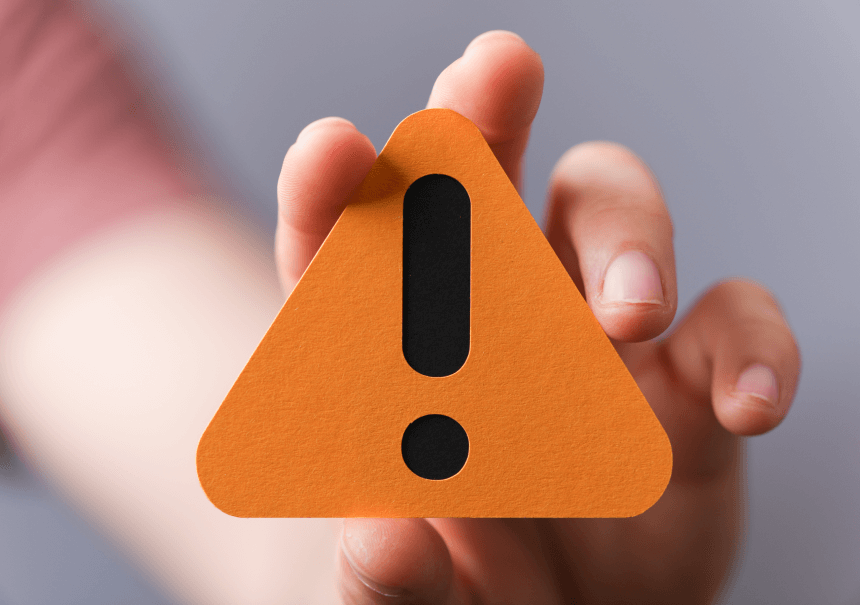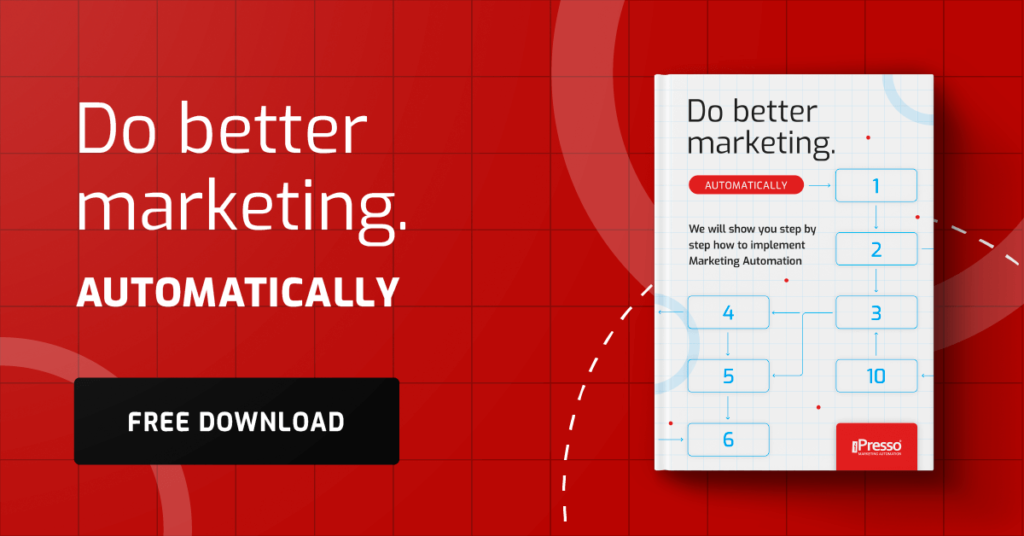Avoid these keywords and key phrases if you don’t want to end up in the junk folder

In our previous article about spam, we listed things you should be mindful of when it comes to email marketing and the condition of your domain. And while these things are incredibly important, you should also pay attention to the content of your emails. The truth is that if you include some trigger keywords and key phrases, mailbox algorithms are more likely to flag your email as spam. So, let’s have a look at what to avoid!
When a mailbox receives a new email, it scans it from several perspectives. Usually, those algorithms look at the following elements:
- Sender’s domain (and its quality)
- Email’s content (subject line and main message)
- Attachments (links or attached files)
If all three aspects of your email seem okay, your message will most likely go straight to the recipient’s inbox. However, if there is something that looks suspicious, most algorithms are likely to send your email to the junk folder.
When it comes to the first and third aspect, we discussed them in detail in the previous article. Here, we want to focus strictly on your email’s content. Below, you will find our tips and best practices to help you create emails and subject lines that are good to go from the spam filter’s perspective.
Avoid spam trigger words
The number of trigger words and phrases that can trigger spam algorithms is well over 500 in 2025. Naturally, this list is continually growing. Of course, you need to be reasonable here. We’re not saying that any of those keywords should never be used in your emails, but you should use them sparingly and avoid the obvious ones.
Here is the list of words and phrases that will most likely activate the vast majority of spam filters:
- Guaranteed
- 100% satisfaction
- Limited-time offer
- Risk-free
- Buy now
- Congratulations
- You won
- Hidden fees
- Financial freedom
- Act now
- Urgent
- Expires soon
- Earn extra cash
- Free gift
- Get paid, etc.
You get the picture. Words and phrases that indicate a great deal, easy money, risk-free investment, etc. Are risky (even if you do have a great deal) and should be avoided or at least used very sparingly.
“Decorative” elements
Your email should look professional. If you overuse elements such as:
- ALL CAPS
- Bold text and underline
- Multiple exclamation points!!!
- Different fonts
- Red fonts
- Emojis 🙂
Your email will look unprofessional, and therefore, potentially spammy. Stay on the professional and balanced side of marketing and use one, black font, avoid CAPS and colorful fonts. You can use bold, but again, do so sparingly.
Generic greeting
Greetings such as the following:
- Dear Customer
- To Whom It May Concern
- Dear Sir/Madam
- To a Person Responsible For Marketing etc.
Clearly indicate that you have no idea who you’re writing to. This means that you probably try to reach someone who’s not expecting your email, so it’s likely they’ve never signed up for your mailing list. This is a large red flag for antispam algorithms.
First of all, we don’t recommend cold outreach. Sending emails to unknown recipients will not only get you into the junk folder, it may also mean legal problems, as almost all privacy protection laws (such as GDPR) forbit you to email people or companies with marketing-related content without their explicit consent.
Lack of personalization
In general, the entire message should say that you know the recipient. Personalized offers or questions about the previous purchase are great because they confirm that you know the recipient and that you have an established relationship. Our contact database management tools will help you take care of this aspect of your email marketing!
Very short emails
Sending a one-sentence email that’s just an introduction to a large image that makes up 90% of your message is not a good idea. Graphic files should be avoided when emailing more than one person. Stick to text and if you want to share something visual, use a link (ideally, from your domain, not a link-shortening service).
Generic or misleading subject lines
Your subject line should be specific and transparent. Vague phrases like “You won!” or “Act now!” will only get you in trouble. Write your message first and then, based on its content, come up with a title that’s not misleading or vague.
For example, if you want to email your subscribers about new arrivals in your online store, a good and transparent subject line should say something along the lines of “Just in: Fresh new arrivals you’ll love”.
Such a subject line is still promotional and engaging, but your recipient knows what to expect. It’s also much better than “Act now! Hot deals!”
Grammatical correctness
Lastly, your email should be grammatically correct. Poor English and typos are another huge red flag for the antispam algorithms. Double-check your email before sending it. You can use many of the grammar-checking tools out there. Some of them (e.g., Language Tools) are available for free!
Make sure your English is easy to understand (don’t go overboard with fancy terms) for your audience and free of typos and other errors.
Tip: Ask ChatGPT to check your email!
If you’re not sure if your email is good from the spam perspective, paste it to ChatGPT and ask it to verify it for you. It will help you check whether the email:
- Sounds natural in the selected language
- Is correct
- Doesn’t contain any risky words and phrases
And you can do so for free, you don’t need the paid plan to verify your email with ChatGPT.
Wrapping up
Email marketing can be very helpful in your overall marketing strategy. Stick to the best practices we outlined in this article, and you’re good to go to send successful marketing emails to your audience! And if you’re looking for help with this and many other areas of your marketing operations, we’re here to support you!
You can start today by filling out and sending us this short brief. We’ll get back to you with a solution that’s tailor-made to your business profile. Start here!



